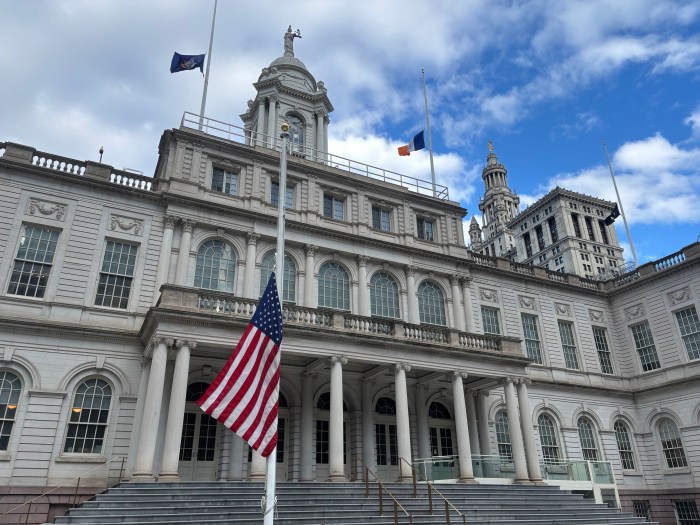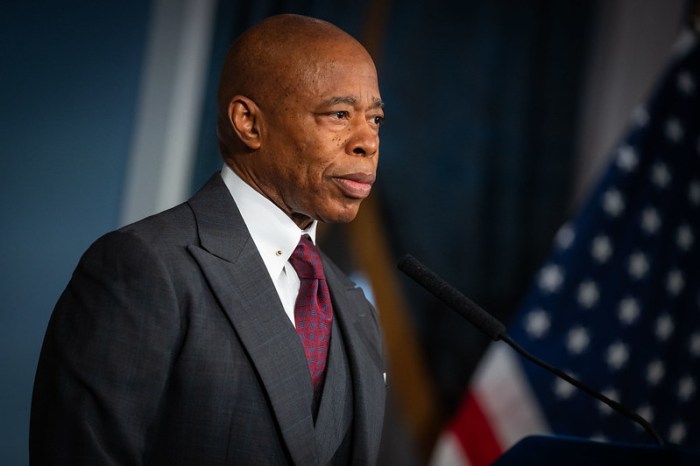By Betsy Gotbaum and Rose Pierre-Louis
Last fall, New York City voters decided they had enough of politics as usual, and voted overwhelmingly to approve Ranked Choice Voting.
Rather than just choosing one candidate on their ballot, voters will now be able to rank up to five candidates in order of their preference. if no candidate wins a majority of first place votes, the candidate with the fewest first place votes is eliminated. On the ballots that have the eliminated candidate ranked first, the vote now goes to the candidate who was ranked second. This continues until one candidate has a majority of the vote.
Already implemented in several cities across the country, this reform will foster more positive, issue-focused campaigns, give voters more choice, and force candidates to appeal to a broader spectrum of their constituents. It will also mean the end of costly, low-turnout runoff elections.
Ranked Choice Voting would be a major change to the way we conduct elections, and meaningful reform is always met with trepidation. Some elected officials are calling for the implementation of Ranked Choice Voting to be delayed, claiming that there isn’t enough time to educate voters about this reform, particularly in a global pandemic.
The Campaign Finance Board should conduct a robust public education to prepare voters for next year’s elections, and the City Council should allocate the funding needed for that campaign. Because voters were concentrating on the 2020 elections, it would have been impossible to inform them about an election in 2021.
There are also claims that Ranked Choice Voting would further disadvantage groups historically underrepresented in elected office. The truth is, there is evidence to suggest that women and people of color actually have better electoral outcomes under Ranked Choice Voting.
A 2020 study by RepresentWomen found that 46% of all Mayors and 49% of all city council seats decided by Ranked Choice Voting are held by women. A 2019 study from FairVote examining San Francisco, Oakland, San Leandro and Berkeley – four racially diverse cities in the Bay Area -– shows that the adoption of Ranked Choice Voting in those municipalities has led to more people of color winning elections.
Ranked Choice Voting will ensure that the voices of all of New York City’s diverse communities are heard. At a time when we are bitterly divided, we need to begin to improve the tone of our politics. This reform passed with the support of 73 percent of New York City voters just last year. Ranked Choice Voting is as vital a democratic reform now as it was when New Yorkers overwhelmingly voted to implement it over a year ago, and the city has an obligation to fulfill the will of the voters.



































